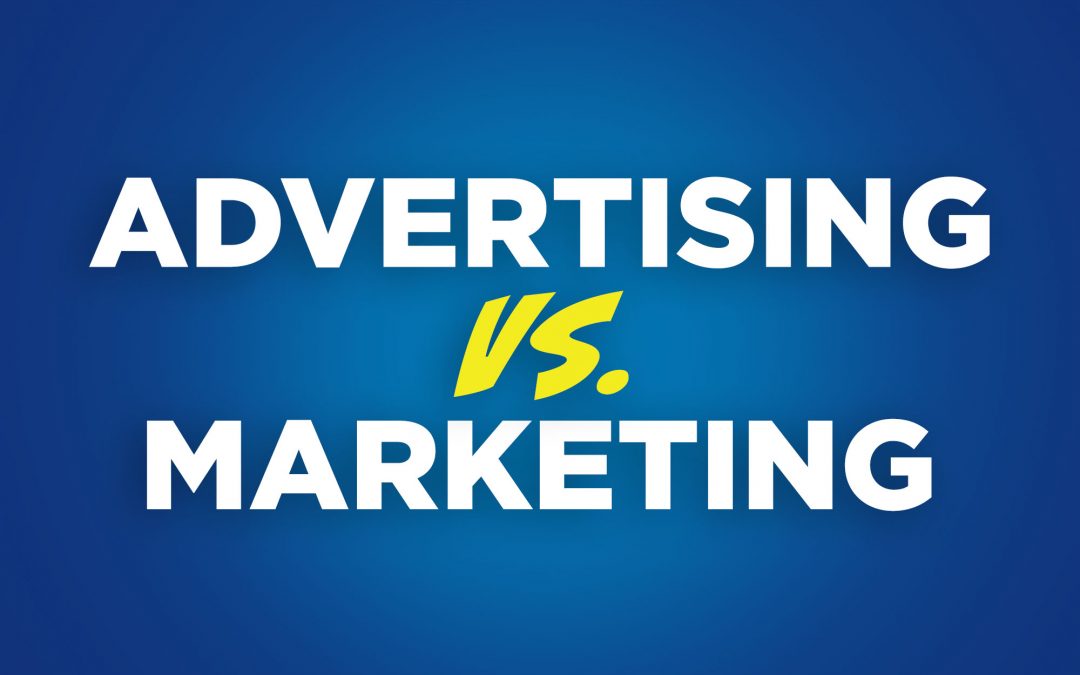Sometimes you’ll hear the terms marketing and advertising used interchangeably. They’re confused frequently, but there’s a difference.
Even though marketing and advertising both involve many of the same components and ideas, they’re very separate entities with the same goal: Tell people about your product or service.
Advertising is a form of marketing. Think of it as one slice in the larger marketing pie.
Every aspect of that pie requires careful thought, planning, and execution.
We’ll break down how marketing and advertising differ and how they’re both essential to growing your business.
What they have in common
Both marketing and advertising are focused on letting customers know about a specific product, service, or brand, with goal of getting customers to buy (or buy into) what you’re selling. Advertising is a subset of your larger marketing efforts, and your advertising initiatives work to support your marketing.
They’re related. But require different strategies and approaches.
How they’re different
Marketing encompasses a wealth of things: business communications, strategic planning, market research, data analysis, advertising, and so much more.
All the elements of marketing (including advertising!) work independently to support the same goal.
Some examples of marketing that are not advertising are: regular social media posting, customer support, market research, and public relations.
Advertising is tailored more specifically to business objectives, target audiences, and the customers’ wants and needs. Components of advertising usually have a strong call to action (CTA) intended to get the customer to take a specific action (buy a product, book a service, learn more). And advertising usually comes with an associated cost.
Some specific examples of advertising:
- Traditional: print ads, broadcast media advertising (think TV commercials, newspaper ads, radio spots)
- Paid search: the results you see at the top of the page on any search engine
- Outdoor or Out-of-Home: billboards, bus signage, branded vehicles
- Social media: paid ads on any social media platform
- Digital: banner ads, sponsored content, video ads and more on websites and across the Internet
- Mobile: app download banners, click-to-call (CTC)
- Native: embedded sponsored content or ads designed to look like regular content on a website
There’s a lot to learn about advertising and what is or isn’t right for your product, service, or brand. If you’re looking for more insight into advertising, including how to create an ad campaign the right way, download Know Advertising’s How to Build an Ad Campaign — The Right Way Guide.

